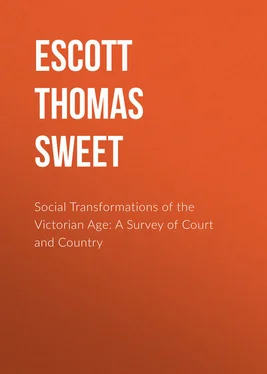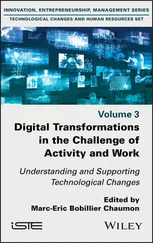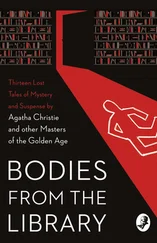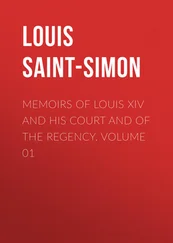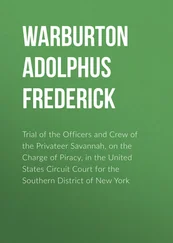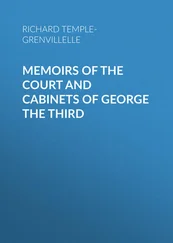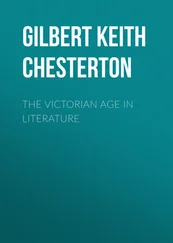In no department of industry were the immediate profits of Australian gold more appreciable than in our transoceanic mercantile marine. During the fifties European emigrants crowded every ship. Seamen’s wages leapt up by a bound to £4 a month. 6 6 Still more than this was given to get men on the home voyage from Melbourne.
Between 1851 and 1859 the annual rate of emigrants was a hundred thousand. The gold raised during this period in Victoria fell little short of eighty nine millions. Imports rose to thirty pounds per head of the Victoria population, exports rose to fifty-six pounds per head. Previously to 1851 New South Wales could not be said to possess a foreign trade. In less than thirty years, by 1878, this commerce was reckoned annually by thirteen millions of exports, fifteen millions of imports. In New South Wales, too, the gold excitement was followed immediately by prosperity in coal fields which yielded not less than a million sterling. These are the circumstances that, rather than any domestic speculations or industries, explain the growth of the London plutocracy which has been so prominent a feature of the era now under consideration. Under Queen Elizabeth and the Cecils, fortunes made by lucky ventures in American and Indian trade were conspicuous. Under the Georges, after the victories of our great Admirals Howe, Jervis, Anson, foreign wealth was poured into England continuously long before large revenues were realized by the development of our mineral wealth. It has been already said that during some time after the Queen’s accession there prevailed general distress chequered by the influx of gold from Russia and by the beginnings of railway enterprise. From the earliest fifties a change for the better set in, with what results the income tax returns will show. The impost was extended to Ireland in 1855. In that year the assessed incomes were three hundred and eight millions. Ten years later the amount was three hundred and ninety-six millions. After another decade it was five hundred and seventy-one millions. In the financial year 1882-3 the figures were £612,836,058.
CHAPTER III
TRANSFORMATION BY STEAM
All projects of increased speed in locomotion denounced when first proposed. Sir Henry Herbert, M.P., in seventeenth century, on journeys between Edinburgh and London in a fortnight. Parliament on railways. Lord Clanricarde, Colonel Sibthorp, etc. George Hudson, the railway King. Charles Guernsey, the original of Thackeray’s ‘de la Pluche.’ Progress and sequel of the railway fever of 1846. The Queen’s first railway journey. Hudson and his fall. Comparison between mines and railways as sources of national wealth. Mr W. H. Mallock’s demonstration that the working classes of the United Kingdom have increased in wealth more noticeably even than the upper classes.
The truth of Mr Disraeli’s humorous description, in his Edinburgh speech of 1868, of boots at the Blue Boar agreeing with the chambermaid at the rival Red Lion about the folly and iniquity of railways, appears to be rooted in the constitution of human nature. All readers are familiar with the picture of the English traveller, drawn by Mr Apperley in his famous Quarterly article, The Road . This imaginary passenger had gone to sleep in the days when public conveyances could not be counted on to perform more than some half dozen miles an hour. He awakes in the era of the lightning coaches and quicksilver mails timed to perform twice that distance within the sixty minutes. If, as archæologists say, a certain Ericthonius of Athens 7 7 See Our Railways . By John Pendleton. Cassell & Co.
invented some fifteen centuries B.C. the first chariot of which authentic record exists, he, too, was perhaps regarded as an enemy rather than as a benefactor by some among his amazed contemporaries. More than 3,000 years after the Attic revolutionary an English Member of Parliament, Sir Henry Herbert, said that a man who proposed to travel to and fro between Scotland and England within seven days each way would be voted fit for Bedlam.
By 1843, thirteen years, that is, after the historic steam locomotive between Manchester and Liverpool which caused the death of Mr Huskisson, the great railway systems of England existed in a form more or less complete. Eighteen hundred miles in all were open for traffic. Parliament had authorized the expenditure on them of seventy million pounds. Sixty million pounds had been so spent already. An average of three hundred thousand passengers was carried weekly. Neither by the opinion of parliament nor of the public were railways regarded with unequivocal favour, or even at all times with toleration. Colonel Sibthorp could say in the House of Commons that he considered all railways as public frauds and private robberies. Lord Fitzwilliam, Lord Lansdowne, the Duke of Wellington, Lord Clanricarde, all spoke of George Stephenson’s invention in the same contemptuous tones. The Morning Post in February 1842 dwelt with satisfaction on the fact that ‘the Queen never travels by railway;’ while Prince Albert who did sometimes patronize the train between Windsor and London was obliged only too often to protest: ‘Not quite so fast, Mr Conductor, if you please!’ Within four months of the Morning Post’s announcement, the Railway Times was able to record that Her Majesty made her first trip on the Great Western. A few months later the Royal passenger accomplished the distance between Southampton and Vauxhall in less than two hours without a hitch. Five years subsequently the Queen and Prince Consort journeyed to Cambridge for the installation of His Royal Highness as Chancellor in a train driven, as Her Majesty records, by George Hudson, the railway King. Between 1836 and 1846 the English mind was fairly reconciled to the new method of transit. The day had finally gone by when, as they had done a little previously, a firm of London solicitors could refuse the business of the Brighton line on the plea that coaches would drive off the trains in a month. From 1836 and onward the Liverpool and Manchester, the London and Birmingham, and the North Midland lines were all paying ten per cent. During 1846, the year of the railway mania, 440 railway Bills passed authorizing the construction of 8,470 miles and the raising of £180,138,901.
This was the zenith of the shortlived splendour of George Hudson, the railway King. He has been seen already in these pages, amid the Hyde Park crowd in the early forties, resting his large heavy person in his wife’s chariot. The man himself had first become known on the City Board of Health in York. Afterwards he was elected Mayor of his native town. In that capacity he made the acquaintance of George Stephenson. In 1845 the son of the York linendraper, now a power in the railway world was returned to the House of Commons as Member for Sunderland. His parliamentary career is alone, if at all, remembered to-day by the frequent encounters on the floor of the House between himself and Mr Bernal Osborne. Diverting memories of these were often recalled for the benefit of his friends by Hudson’s antagonist, with the generous admission of the raconteur that he had, in the ex-King, usually found his match, if not in humorous retort and thrust, yet in substantial argument. Two years after the ‘King’ drove the engine which took the Queen and her Consort to Cambridge, suspicions of Hudson’s motive and conduct took (April 19, 1849) a definite shape. The shareholders of the Midland demanded a Committee of Inquiry. The incriminated Chairman resigned his post, and quietly accepted his permanent eclipse. It was noticed to his credit at the time, and has not since been denied, that he made no efforts at self exculpation, disclosed no names or confidential transactions, and thus refused, as unquestionably it was in his power to do, to associate persons of the highest consideration with himself in his fall. Hudson was only the type of a class whose members were invested by the railway passion of the period with brief splendour and unsubstantial prosperity. In the Upper House, Lord Clanricarde mentioned how Charles Guernsey, a broker’s clerk, had subscribed fifty-two thousand pounds for shares in the London and York line. This was the undoubted original of Thackeray’s ‘de la Pluche.’ The total of his gains appears to have amounted to thirty thousand pounds. The essential facts of the sequel with very little of fictitious amplification are given by the novelist.
Читать дальше
